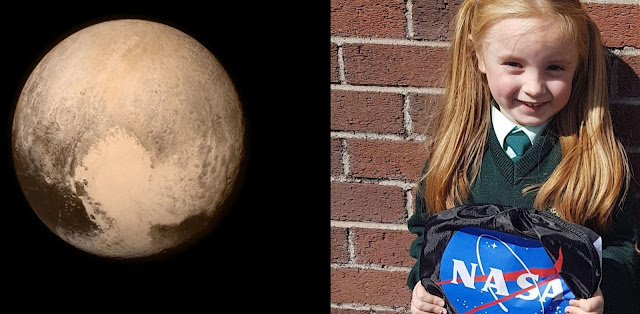The Moon Is About To Do Something It Hasn't Done In More Than 150 Years
You can call it whatever—a purple moon, a blue red moon or a blood moon—but on 31st Jan, the moon will be a special and you don’t want to miss. Three distinct astronomic events will happen concurrently that night, resulting in what some are referring it as a super blue blood moon eclipse.
This particular astronomical rarity hasn't occurred for more than 150 years. A super moon, like the one observable on New Year's Day, is the term for when a full moon is closest to the Earth in its orbit, appearing bigger and brighter than normal.
On Jan. 31, the moon will be full for the second time in a month, a rare occasion—it happens once every two and a half years—known as a blue moon.
To top it off, there will also be a total lunar eclipse. But unlike last year's solar eclipse, this sky-watching event isn't going to be as visible in the continental United States. The best views of the middle-of-the-night eclipse will be in central and eastern Asia, Indonesia, New Zealand and Australia, although Alaska and Hawaii will get a glimpse, too.
For the rest of the U.S., the eclipse will come too close to when the moon sets for the phenomenon to be visible. Because of the very way the light filters through the atmosphere during a lunar eclipse, blue light is ultimately bounced away from the moon, while red light is reflected. The eclipsed moon's reddish color earned it the nickname as blood moon.
"We're seeing all of the Earth's sunrises and sunsets at that moment reflected from the surface of the Moon," Sarah Noble, a program scientist at NASA headquarters, said in a release.
Scientifically, Simpson said, the event is pretty meaningless. The moon's orbit is well studied and well understood by scientists. The real impact, she said, is how astronomical events like this get people interested in science.
"Anything that keeps people interested in science and makes them realize science is important is a good thing," she said.



Comments
Post a Comment